Japanese Tattoo
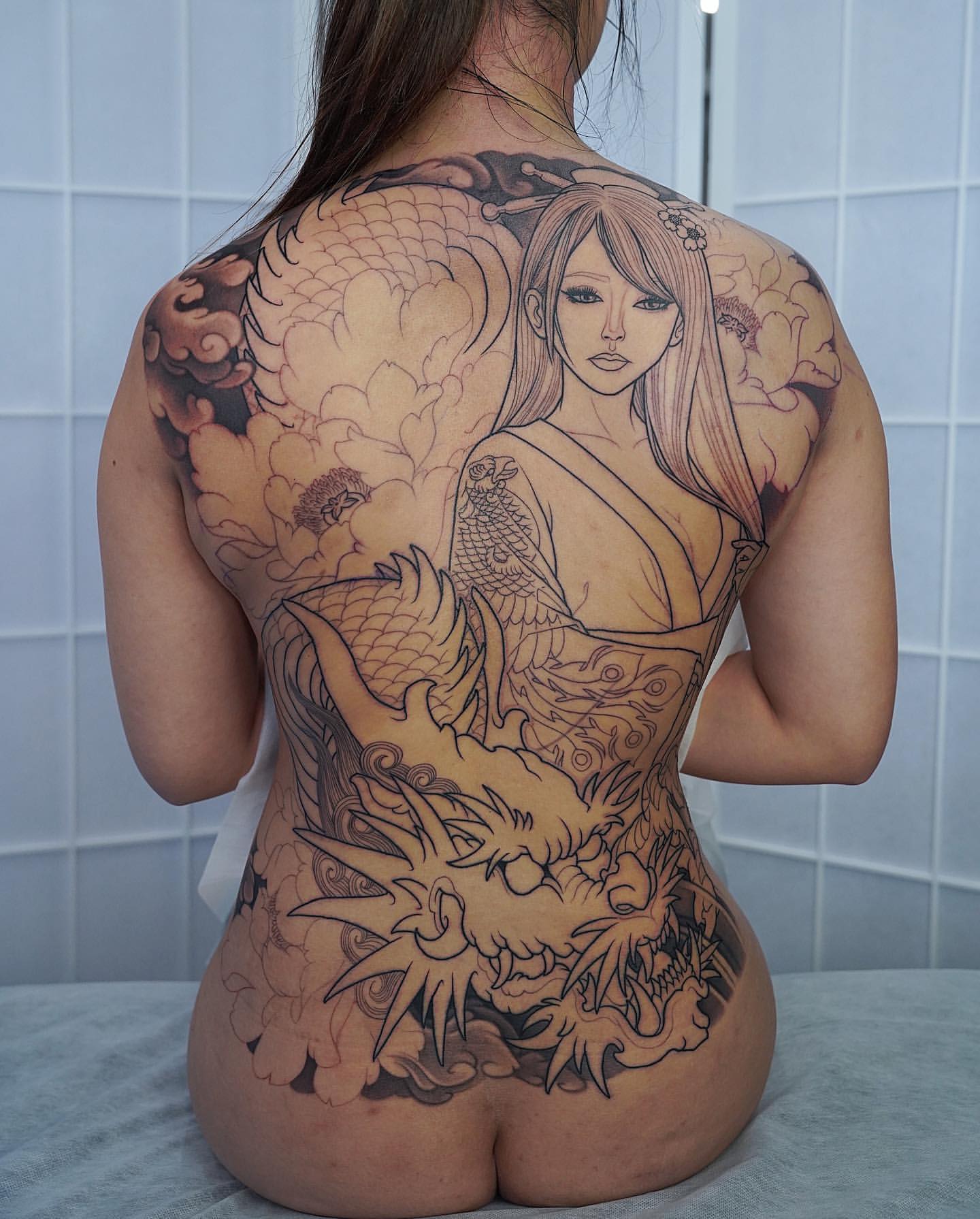
So you’re curious about Japanese tattoos, huh? Well, get ready to be fascinated by the rich history and mesmerizing artistry that defines this ancient form of body modification. From intricate designs inspired by traditional Japanese folklore to the profound symbolism behind each motif, Japanese tattoos have captivated people around the world for centuries. Whether you’re contemplating getting one yourself or simply intrigued by the cultural significance, this article will take you on a journey through the captivating world of Japanese tattoos.
Pin These Amazing Japanese Tattoos Pictures, Please!
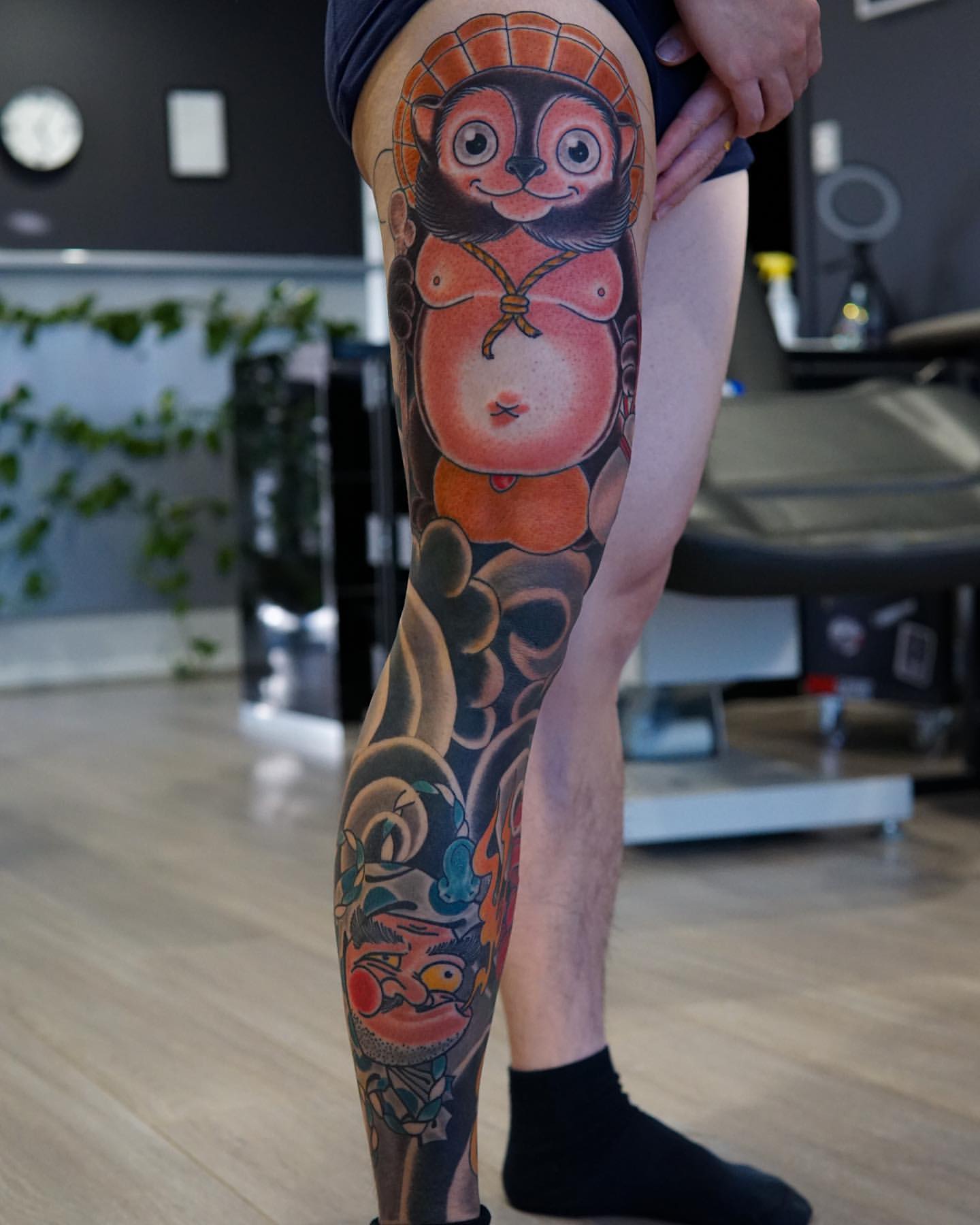
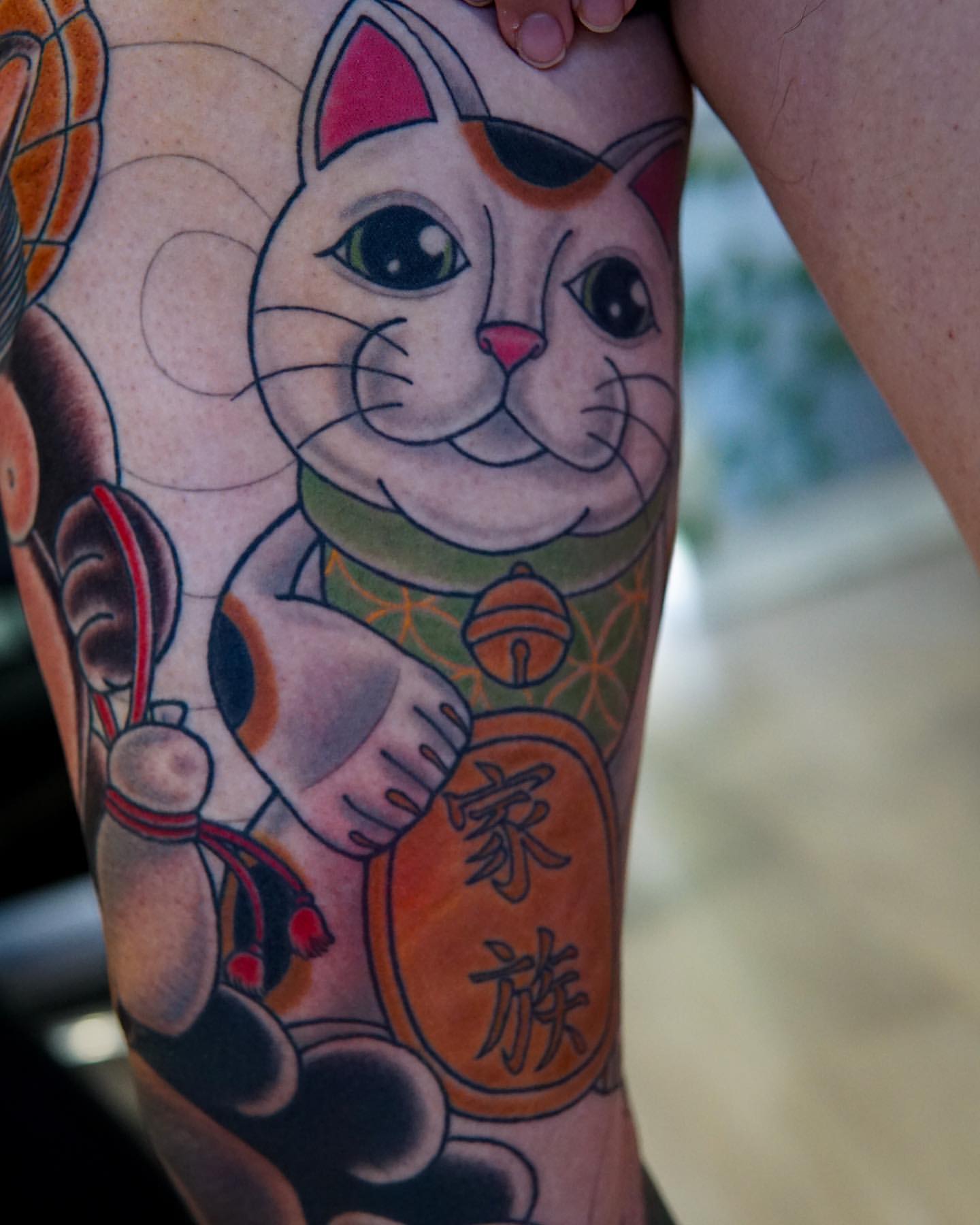
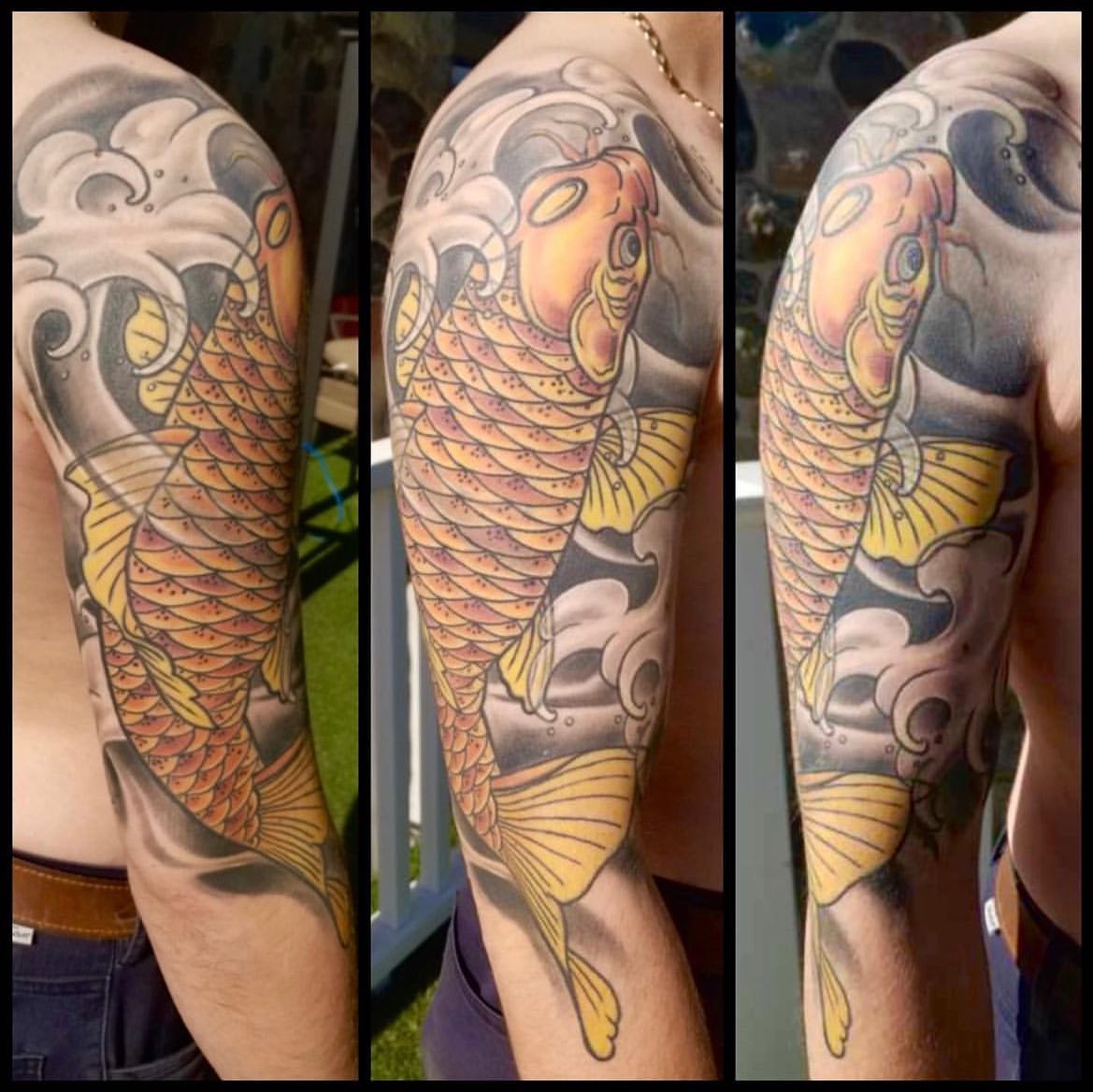
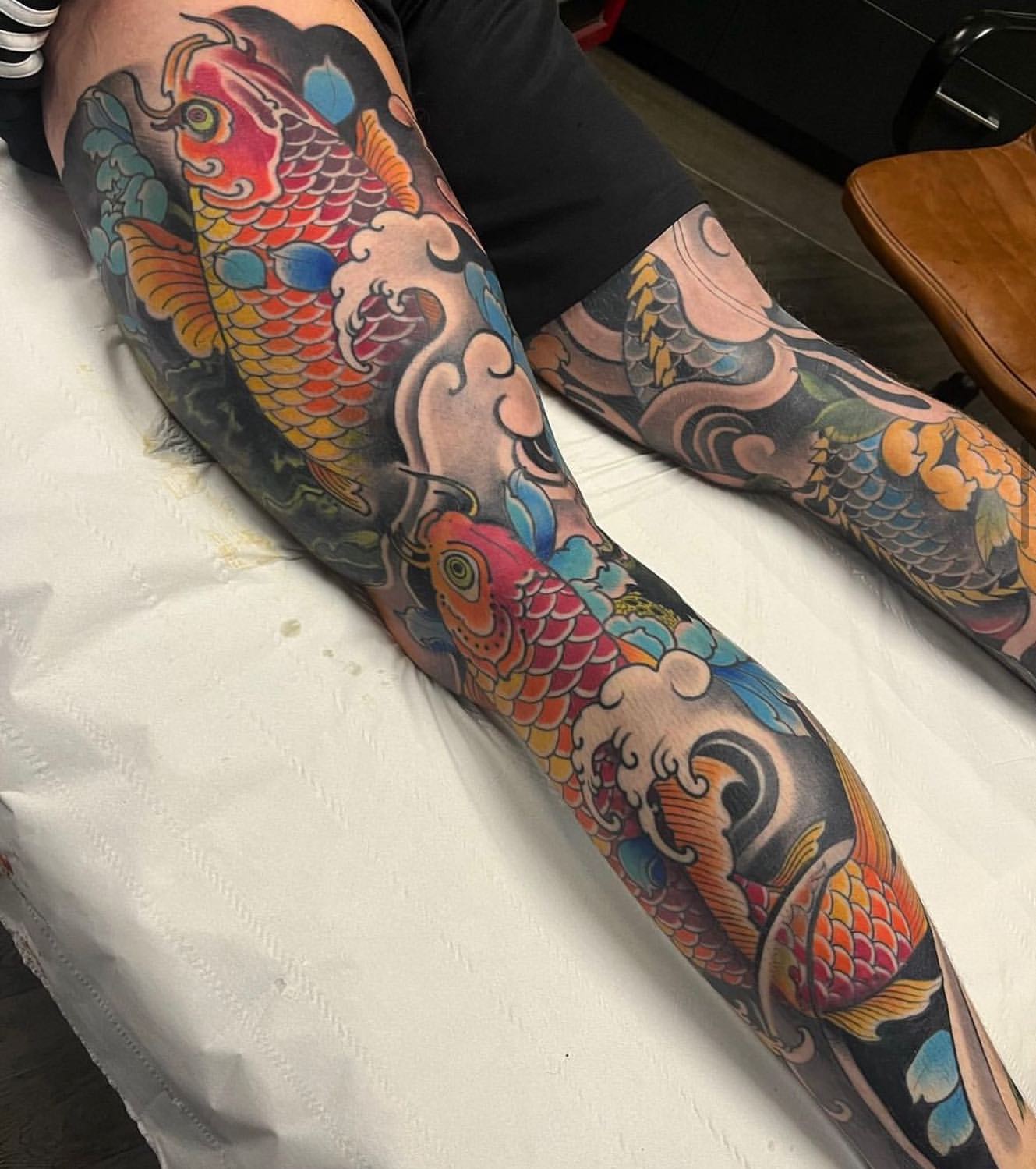
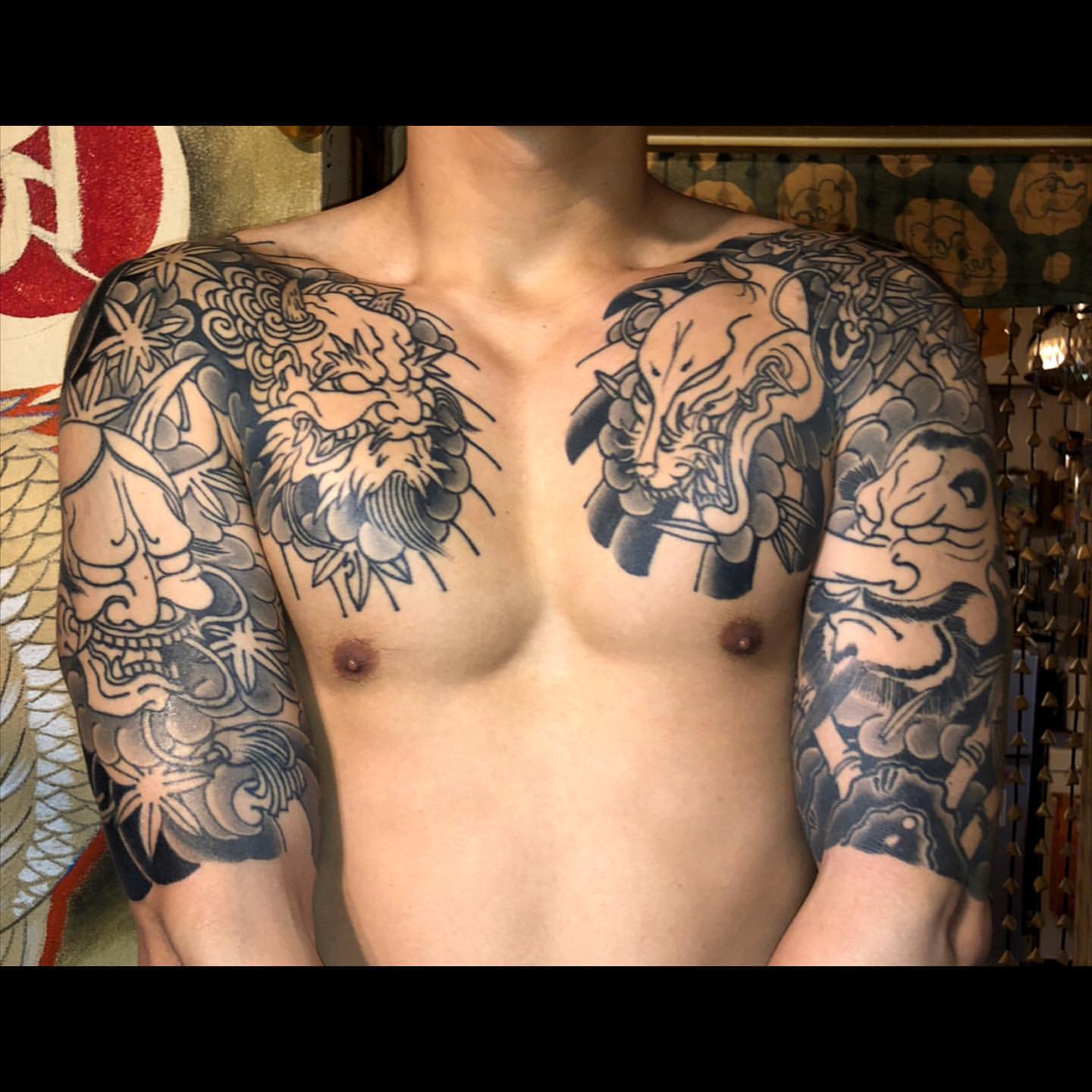
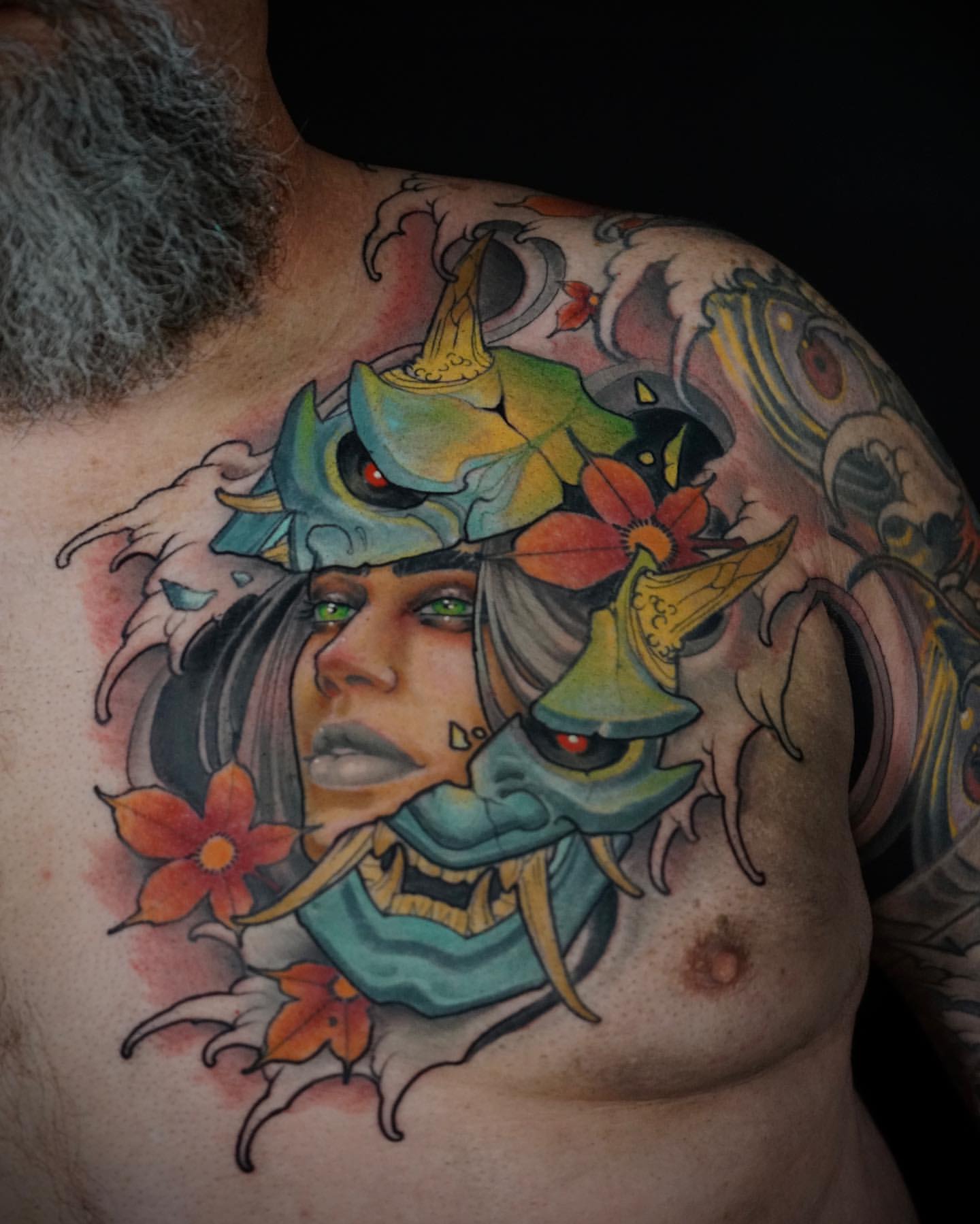

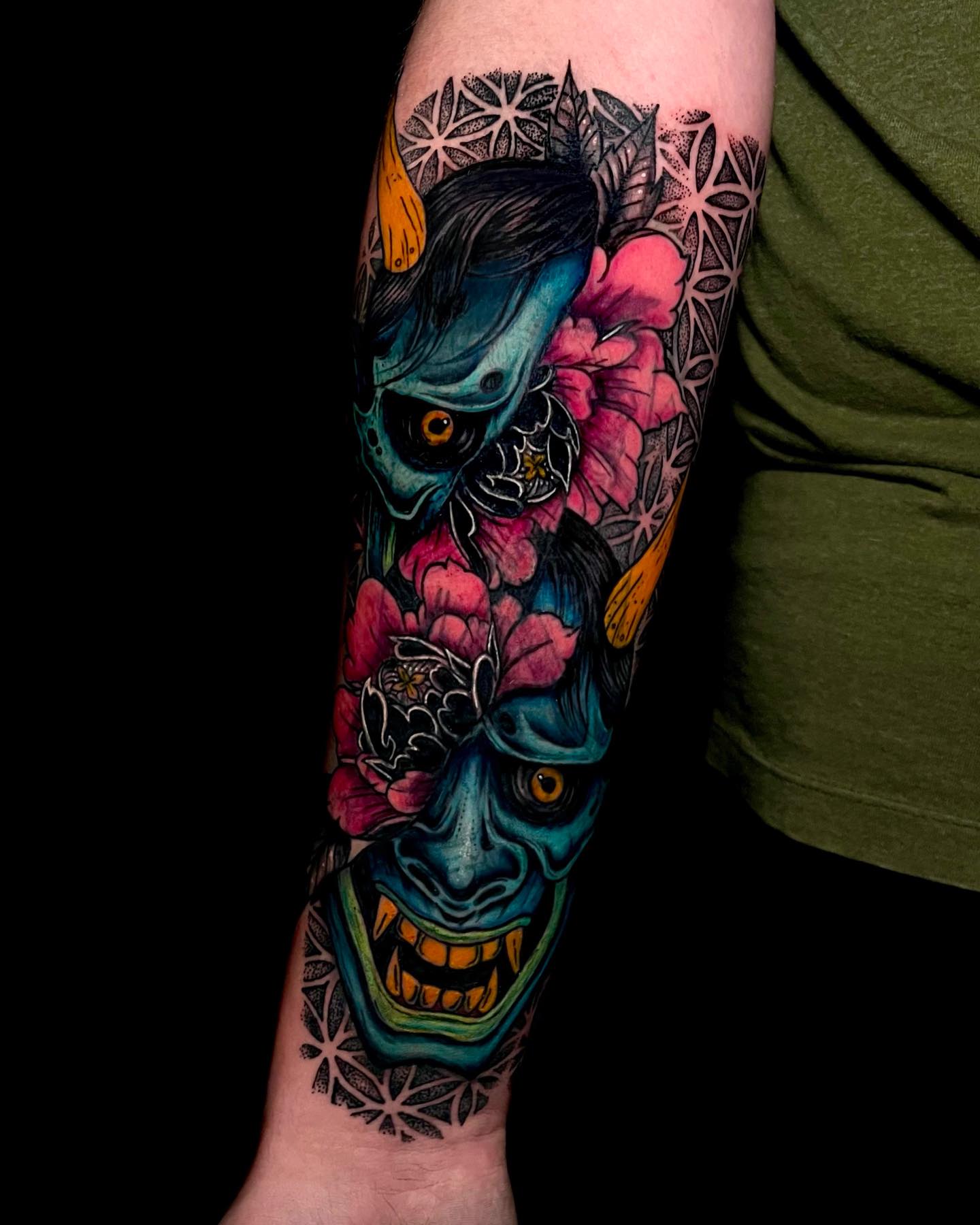
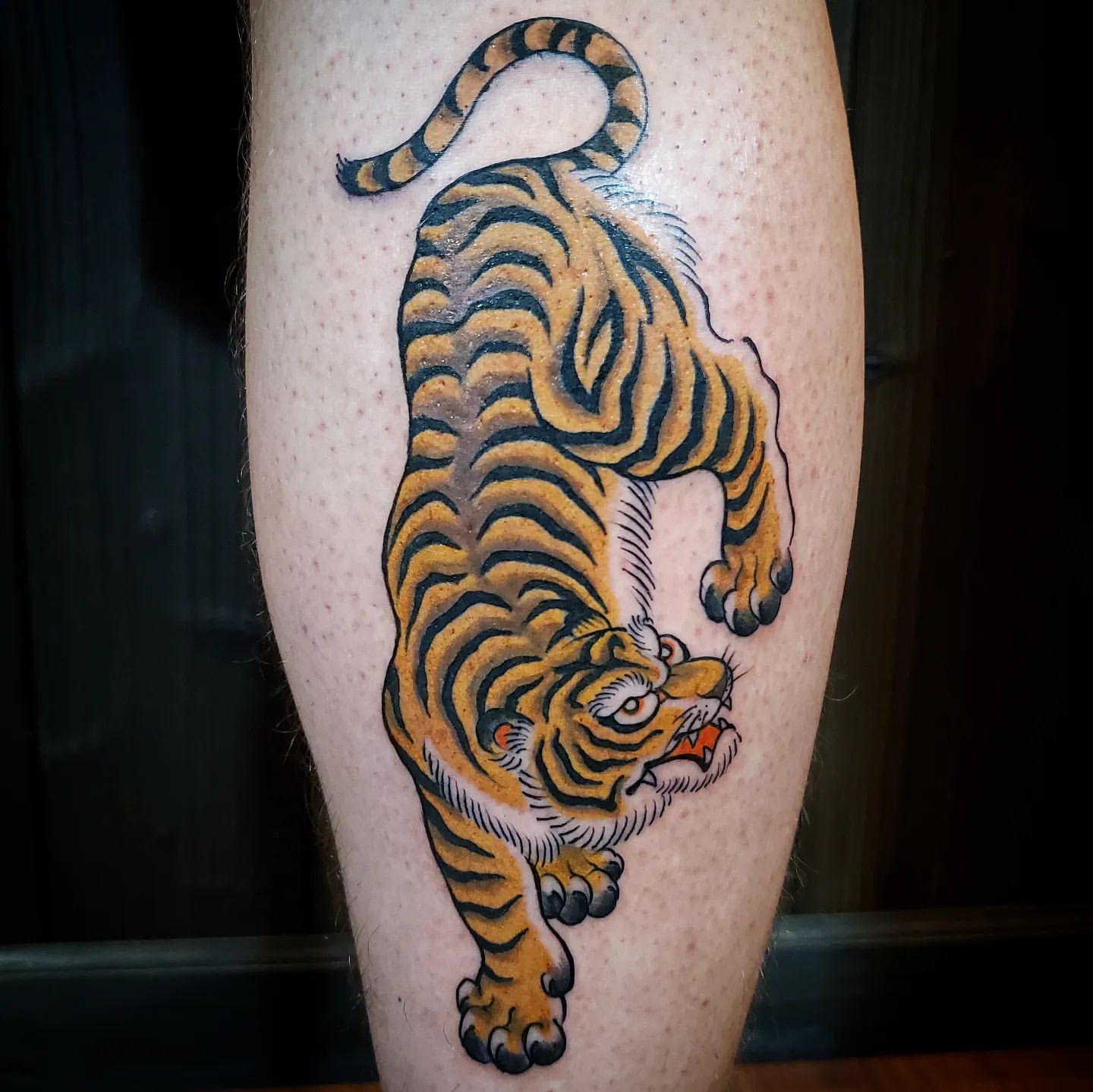
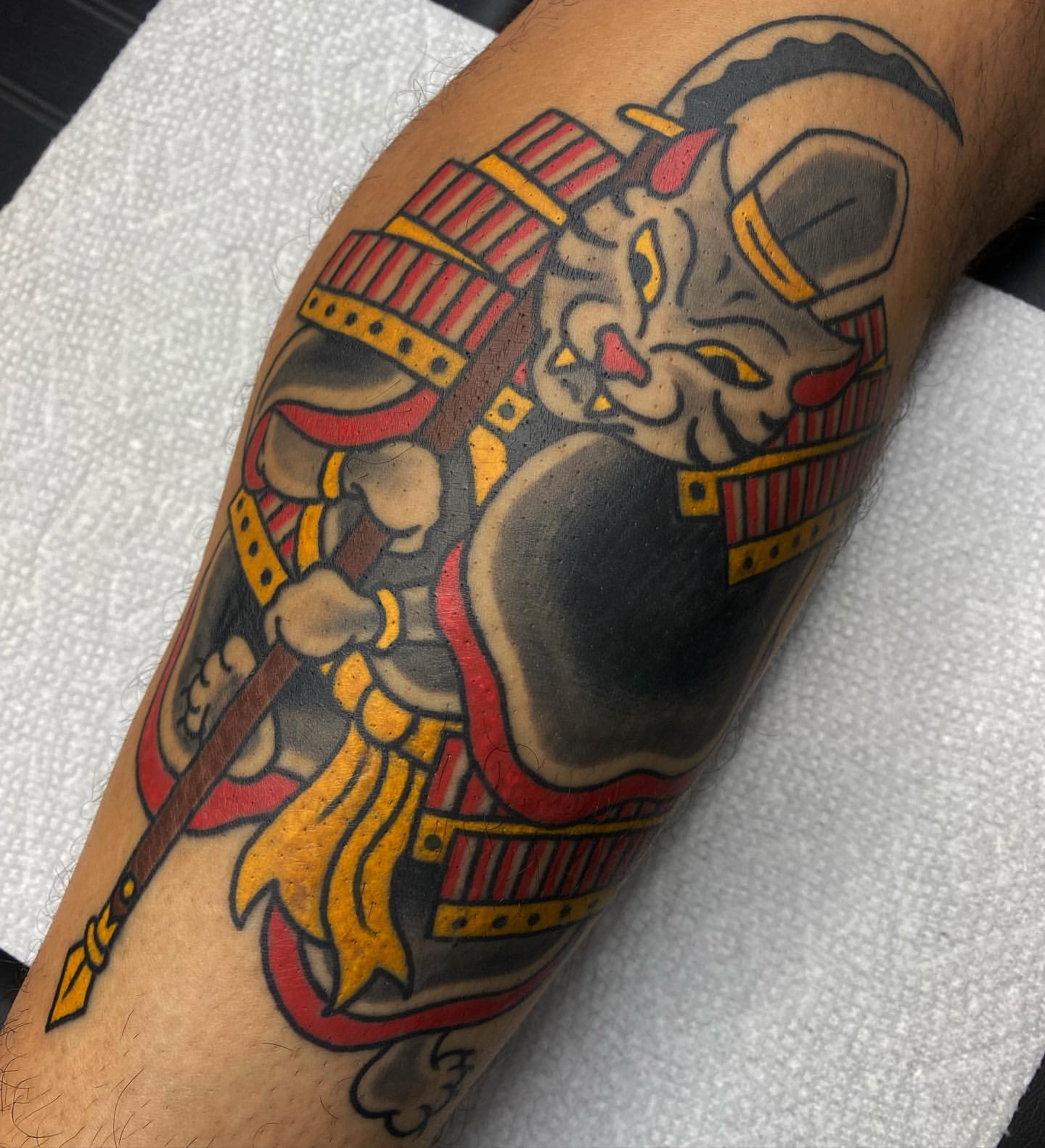
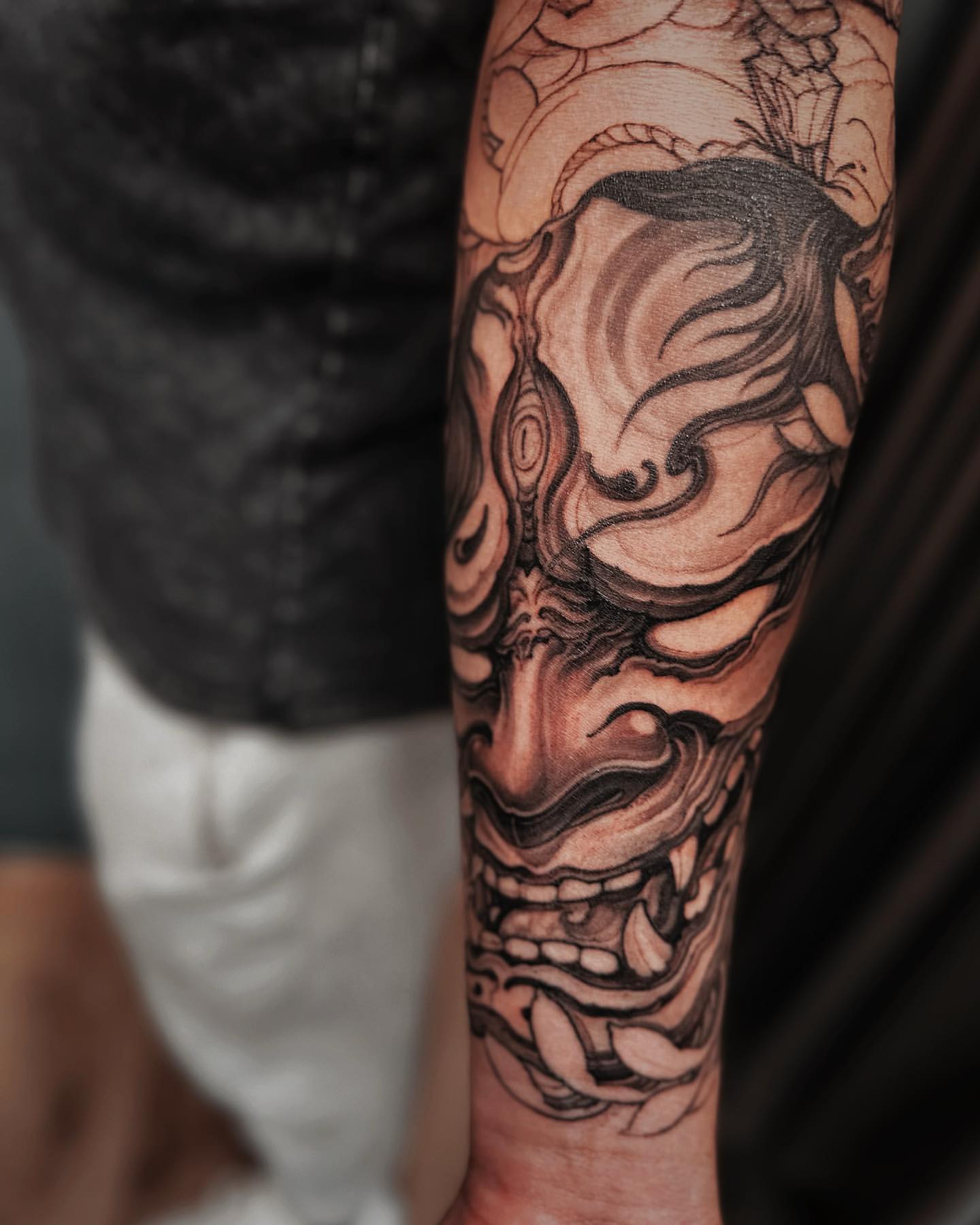
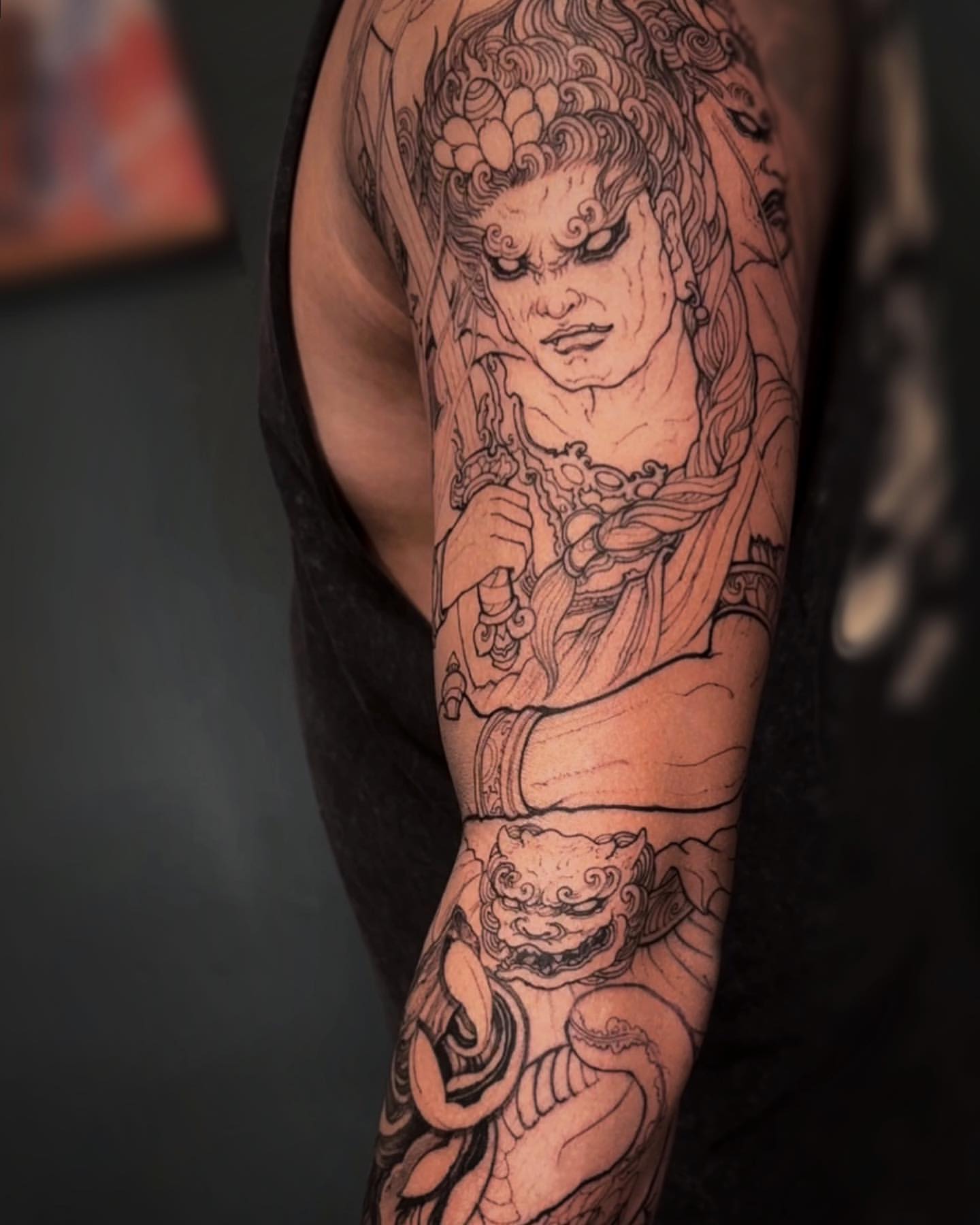
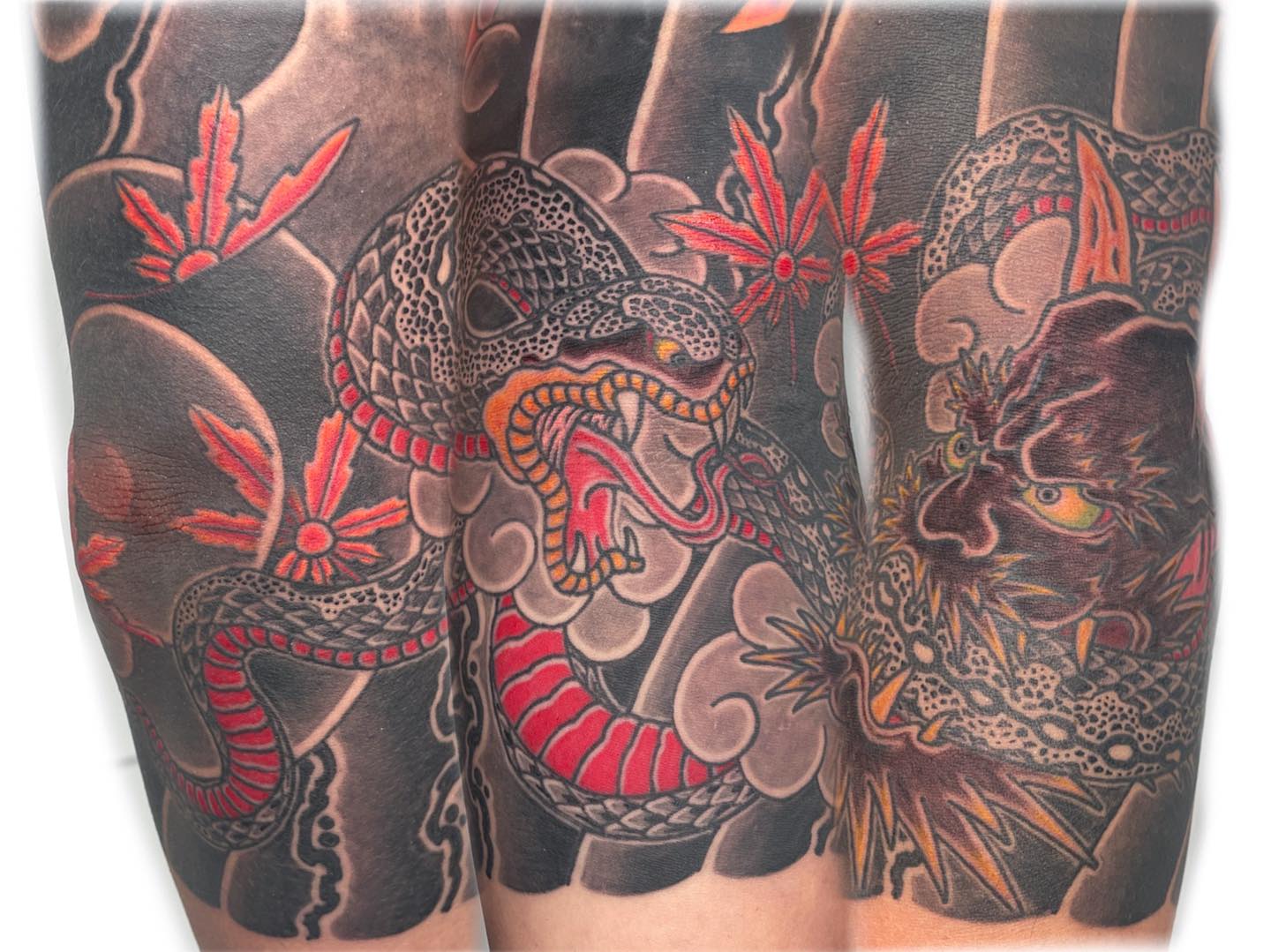
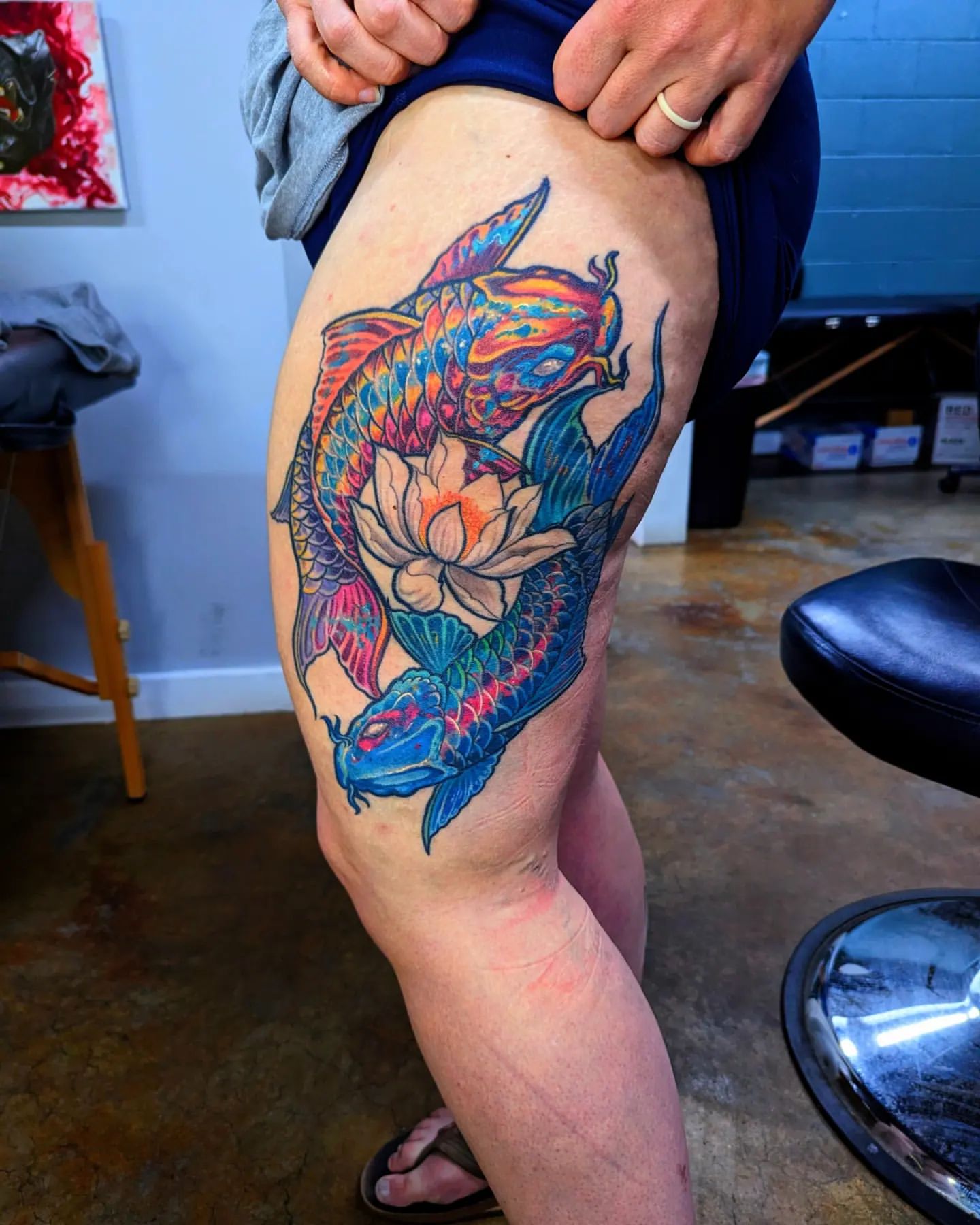

Early beginnings in the Jomon period
The history of Japanese tattoos dates back to the Jomon period, which lasted from around 10,000 BCE to 300 BCE. Archaeological evidence suggests that the Jomon people practiced tattooing as a form of body art. These ancient tattoos were created using soot or plant-based pigments and were primarily found on women’s faces and arms. It is believed that these tattoos held spiritual and decorative significance, with some researchers suggesting that they were associated with fertility and protection.
Development during the Yayoi era
The Yayoi era (300 BCE – 300 CE) marked a significant shift in Japanese society and the development of tattooing. During this period, the influence of the Chinese mainland became more prominent, leading to the introduction of new cultural practices, including tattooing. Tattoos in the Yayoi era were primarily seen on men and were used to symbolize social status and indicate tribal affiliation. Pigments made from charcoal and ground minerals were used, and designs often featured animals or mythical creatures.
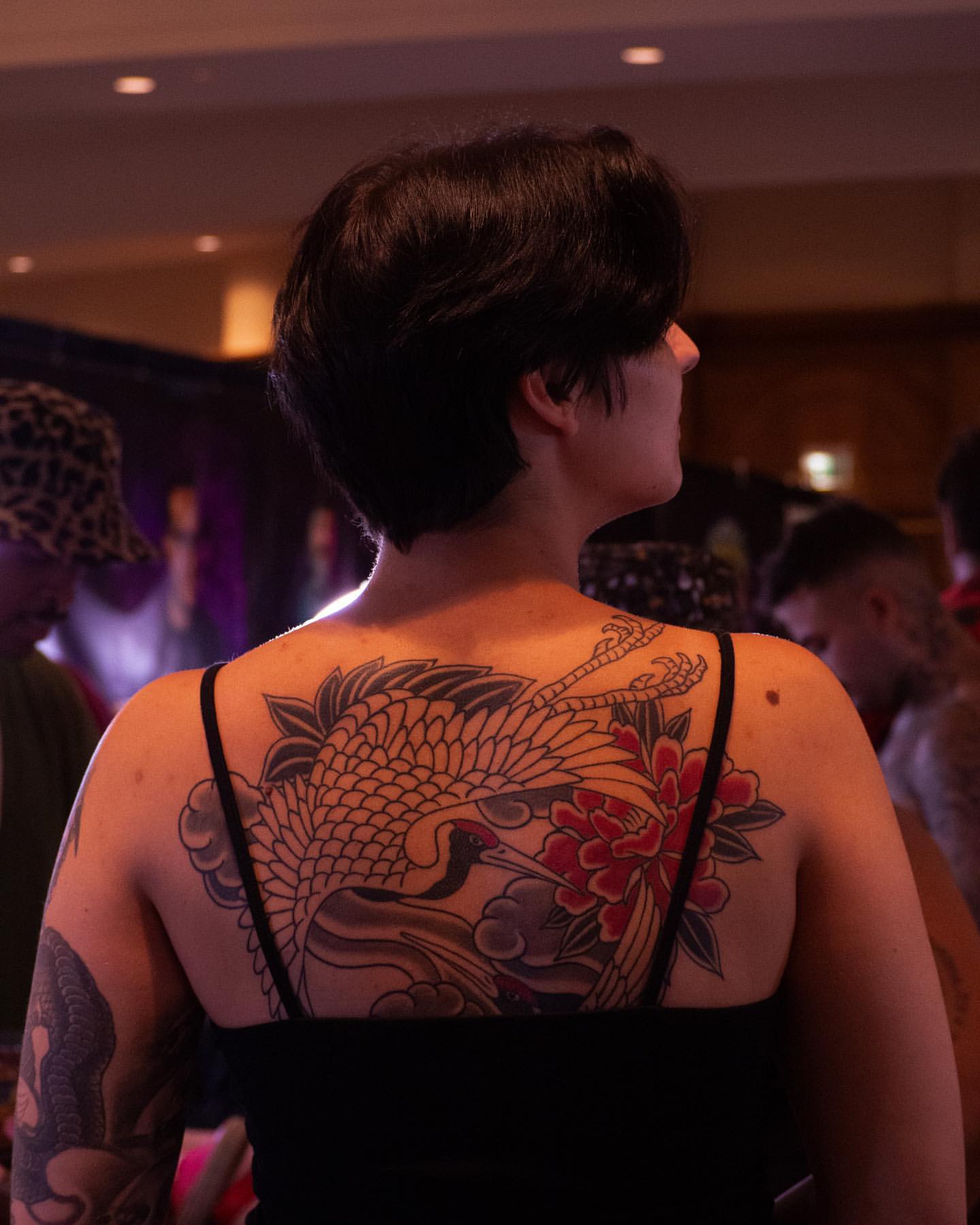


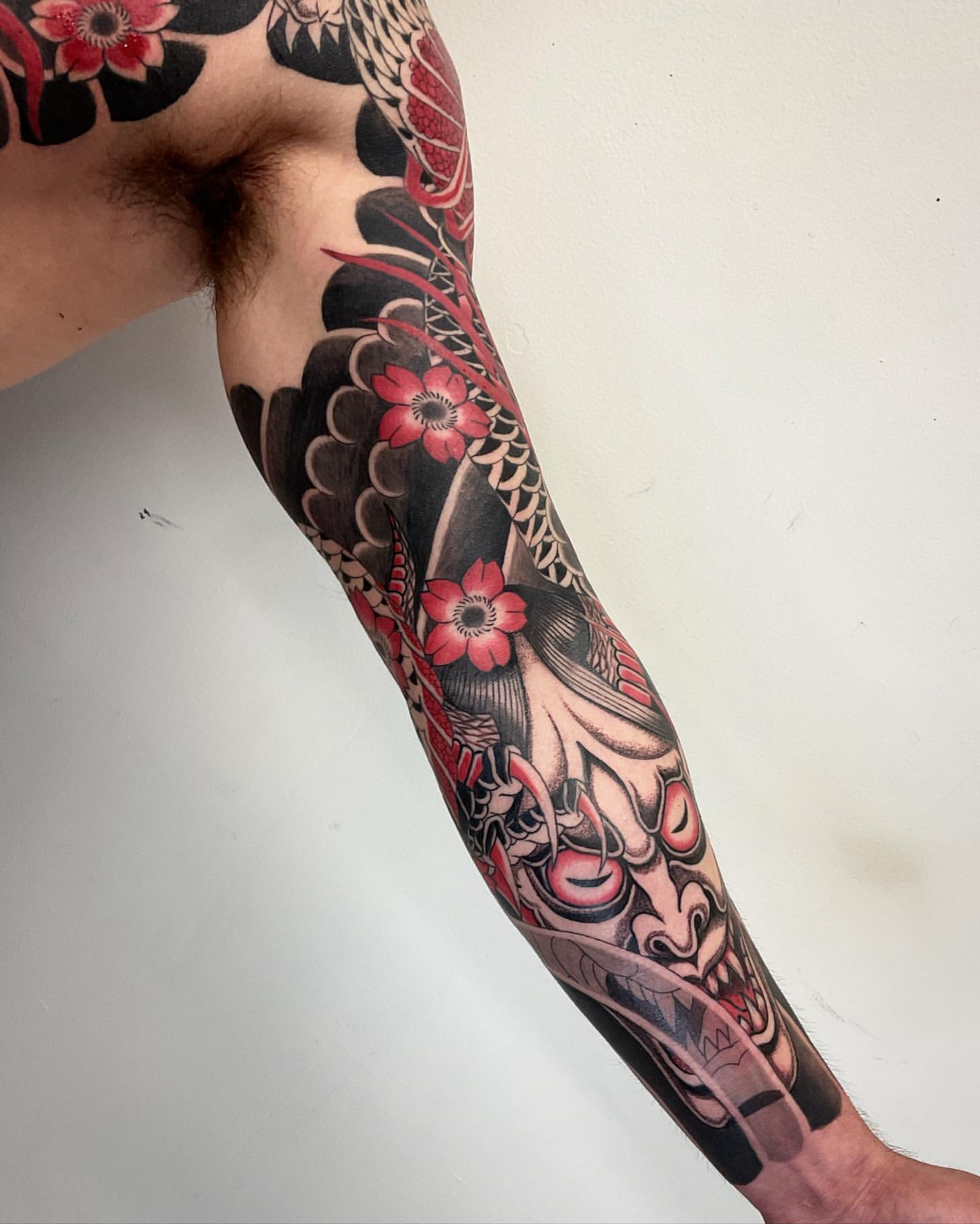
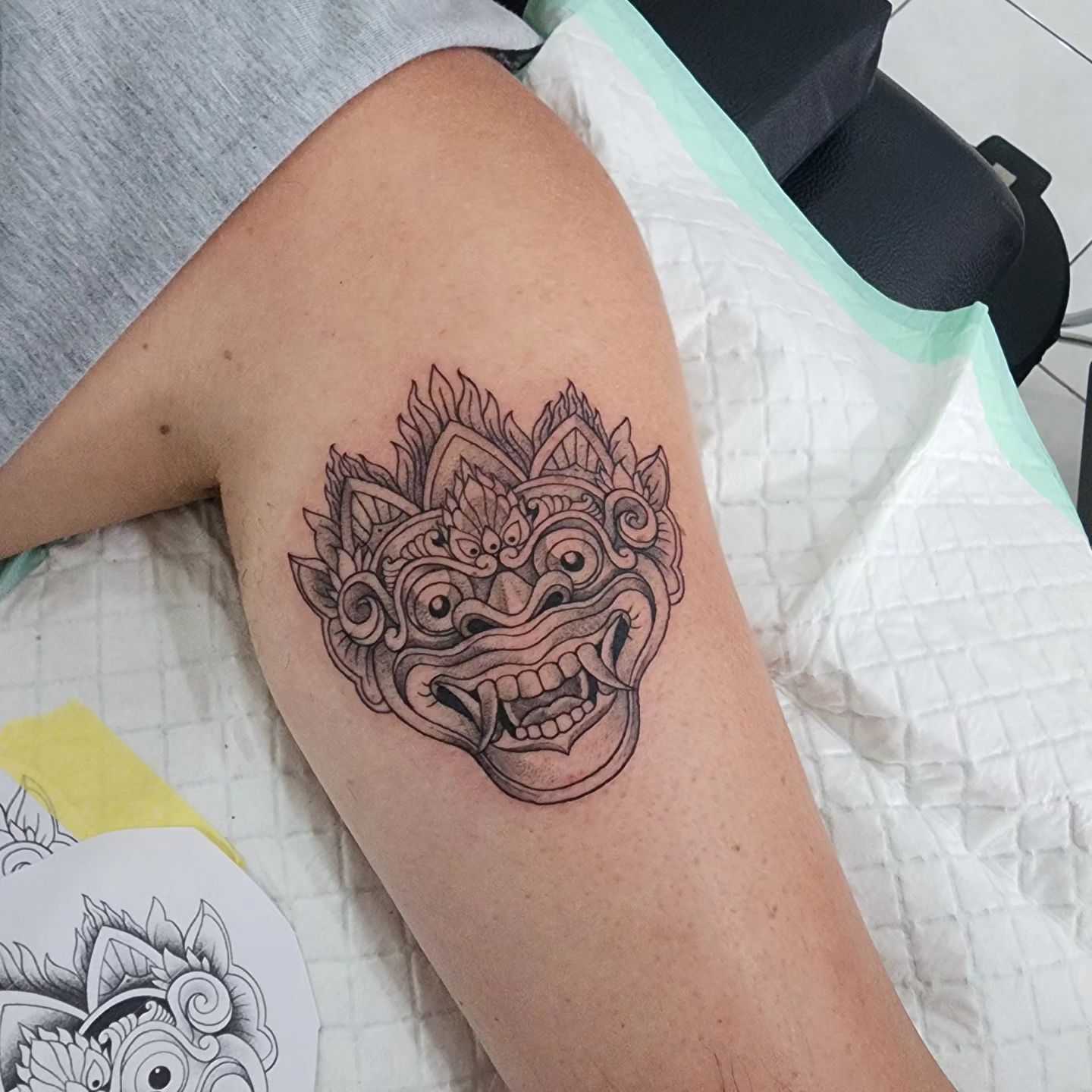
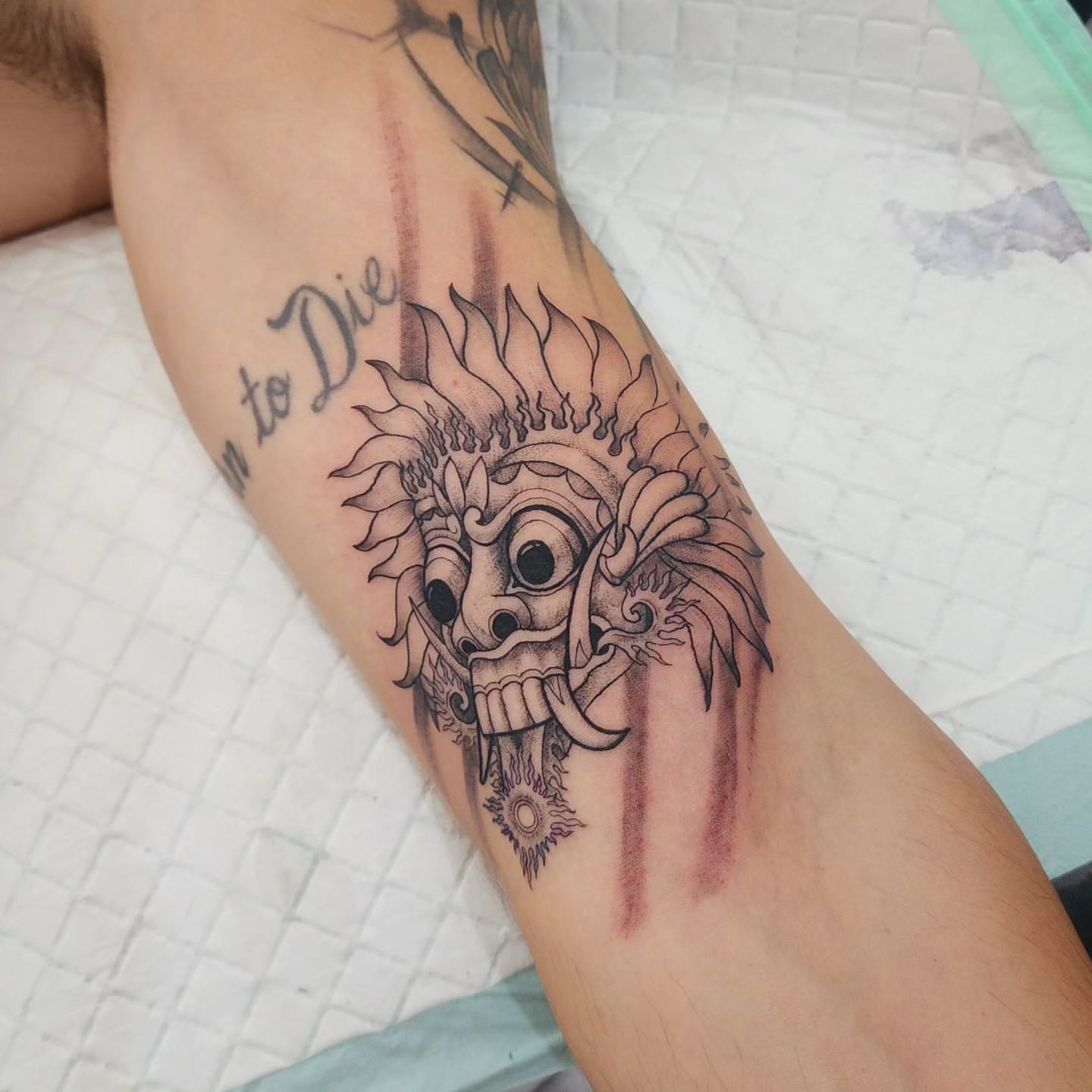

#uluwatubali #tattoodesign #tattoolife #tattoolove #mandaladotwork #geometrictattoo #japanesetattoo #maoritattoo #freestyletattoos #japanesetattoogirl #openagain#skin_canvas_tattoo_bali_
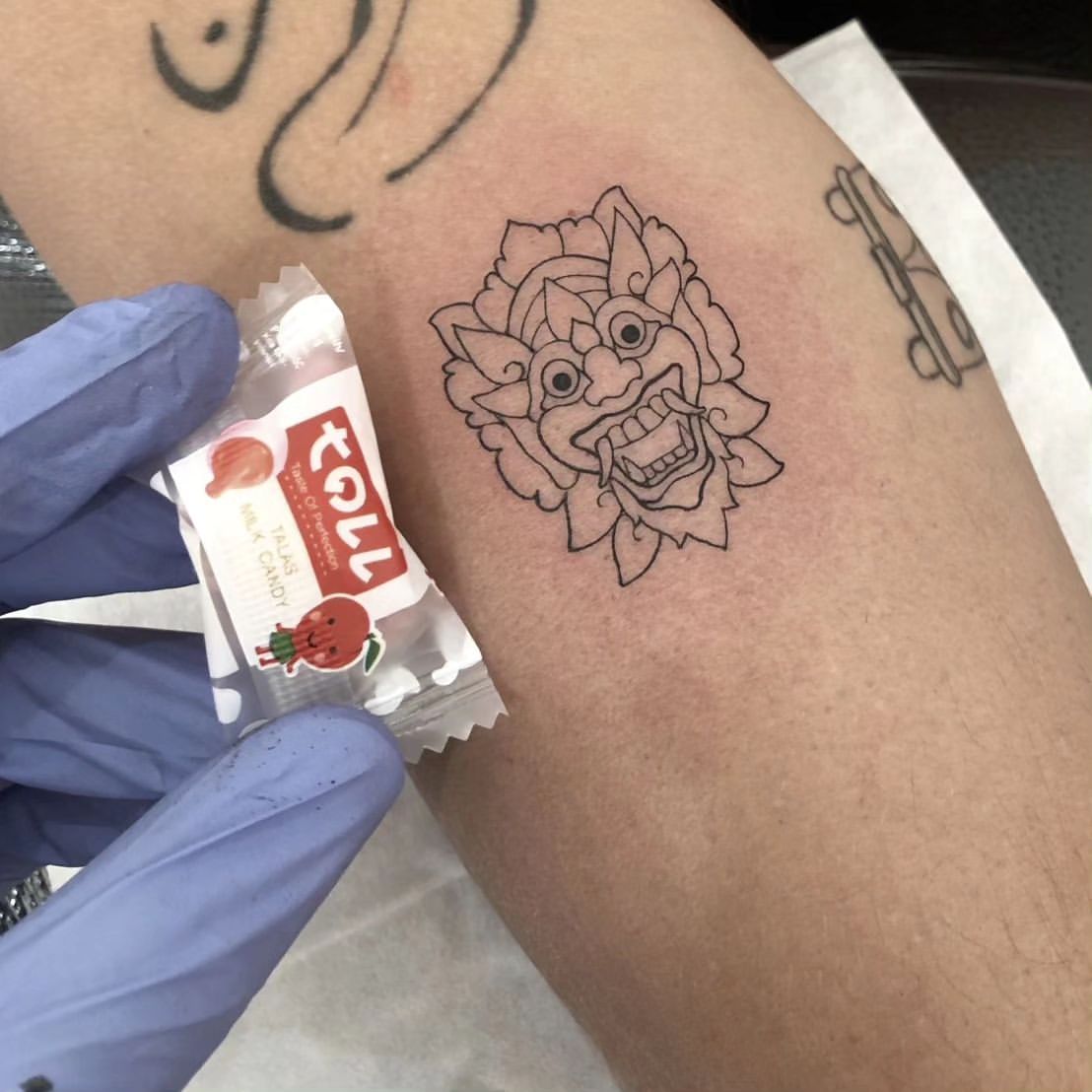

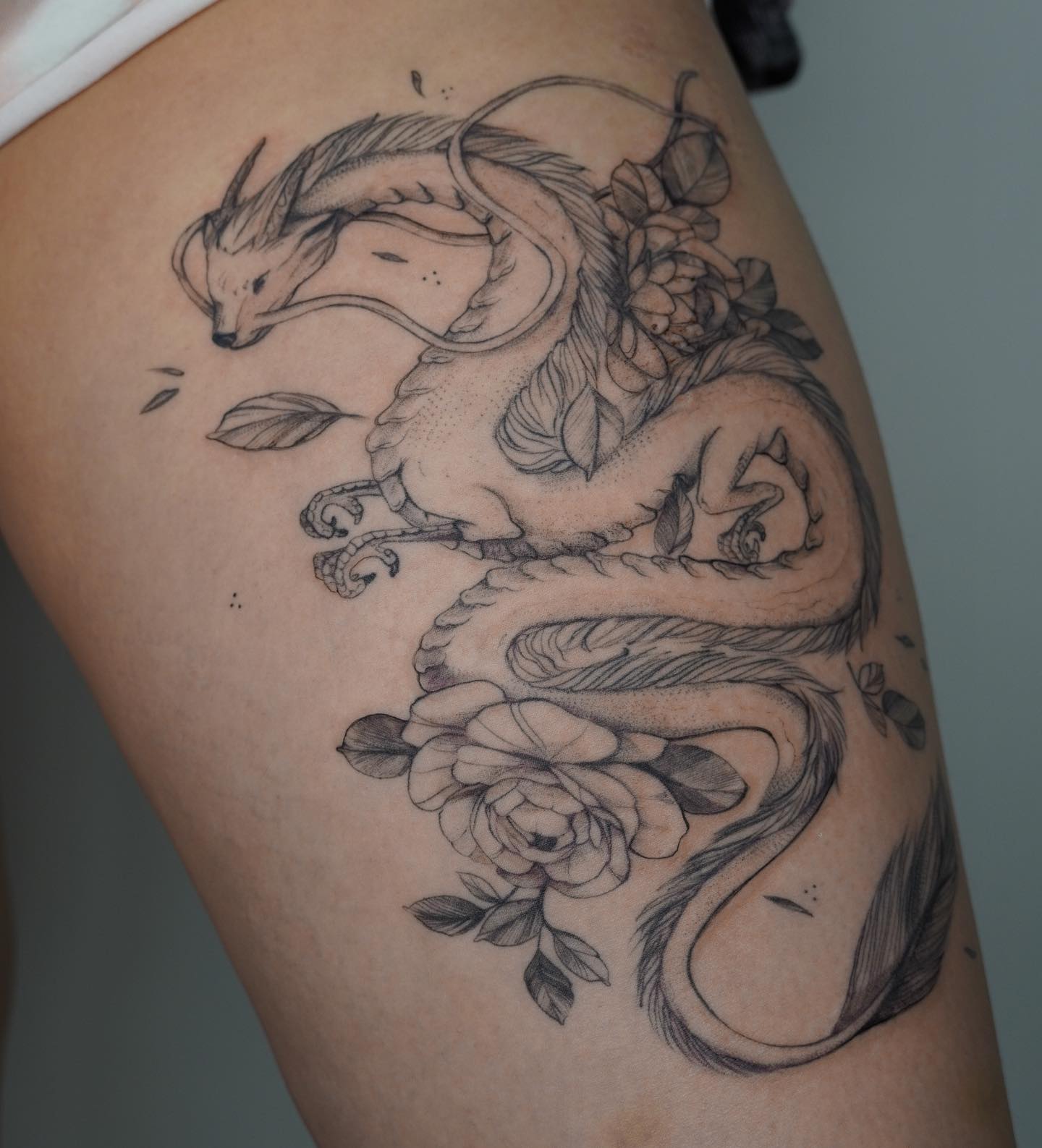
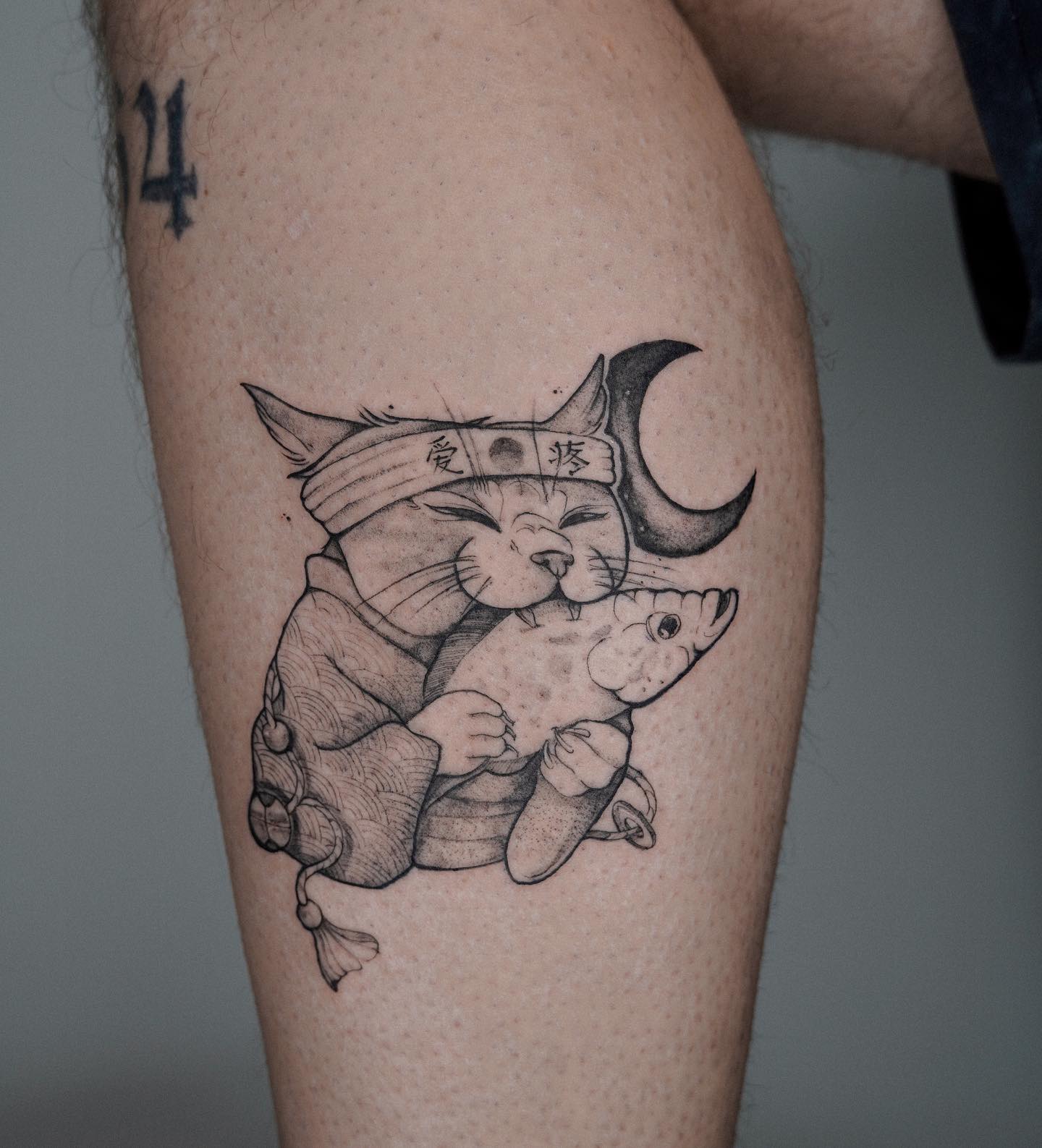
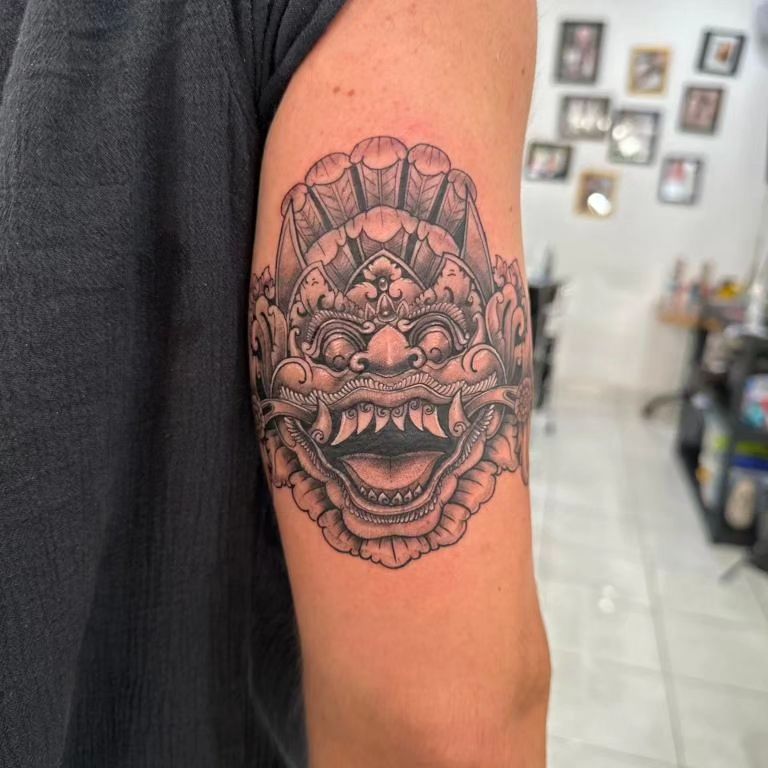
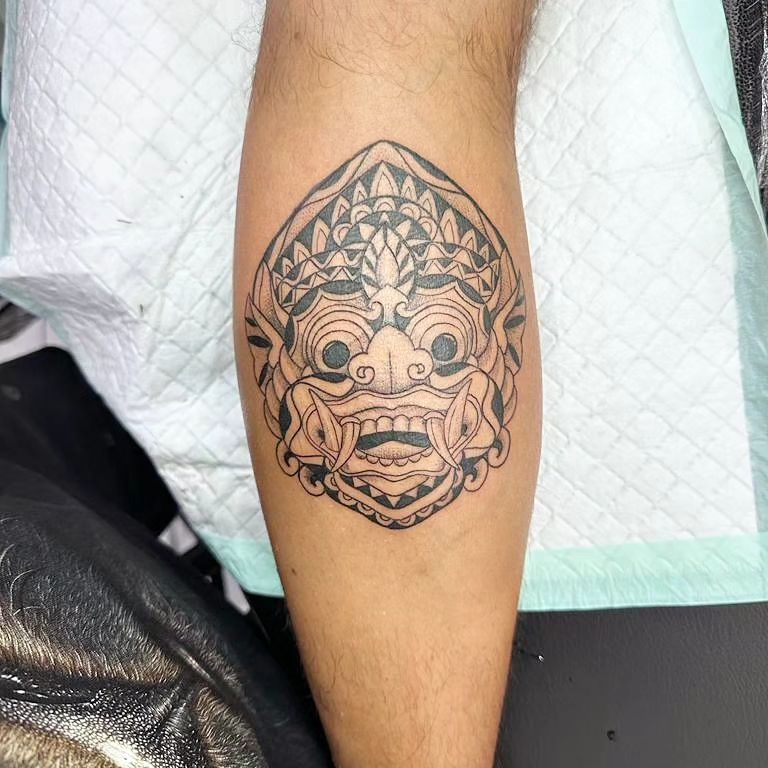
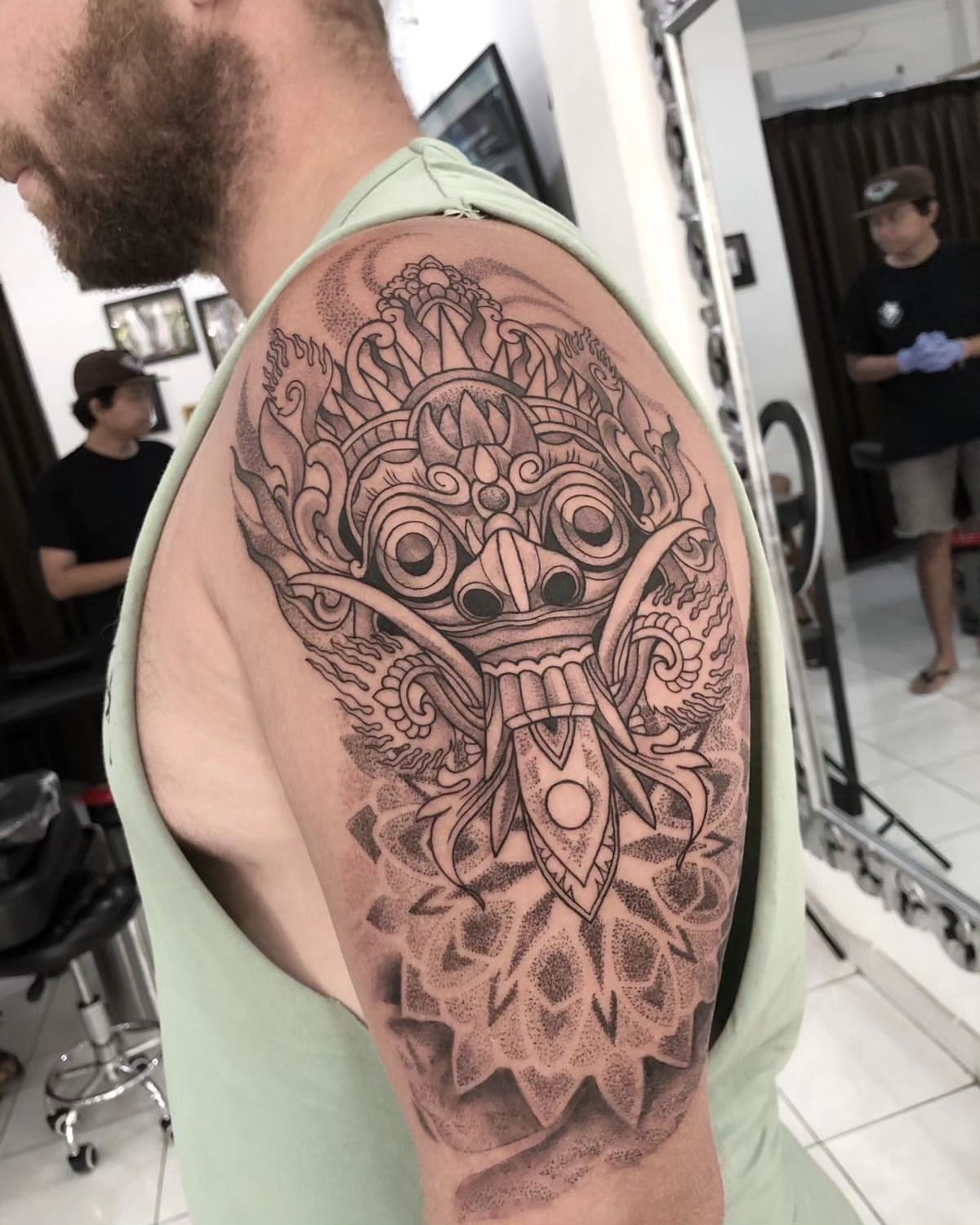
Influence of Chinese culture in the Kofun period
The Kofun period (300 – 600 CE) saw further influence from China, impacting various aspects of Japanese culture, including tattooing. Chinese texts and artwork introduced new tattoo designs, techniques, and symbolism. Tattoos during the Kofun period were associated with spiritual beliefs, protection, and warrior status. Warriors adorned themselves with intricate tattoos to intimidate their enemies and display their bravery. Chinese characters and mythical creatures were common motifs during this time.
Criminal markings in the Edo period
The Edo period (1603 – 1868) marked a turbulent time for tattooing in Japan. The government imposed strict laws that criminalized tattoos, primarily associating them with criminals and outcasts. Tattoos were used as a form of punishment and identification for criminals. These markings, known as “irezumi,” were visible and often covered the entire body. However, tattoos also continued to be a part of the cultural underground, with many people still getting tattoos in secret as a form of self-expression or for spiritual purposes.
Modern perceptions and stigma
In modern times, Japanese tattoos have evolved and faced varying levels of acceptance. While tattoos have gained popularity and become more mainstream in recent years, there is still some stigma attached to them, especially in traditional settings. Many public establishments, such as public baths and onsens, still prohibit tattooed individuals from entering, as tattoos are often associated with the yakuza (Japanese organized crime). However, there is also a growing appreciation for the artistry and cultural significance of Japanese tattoos, both within Japan and internationally.
Symbolism in Japanese Tattoos
Importance of color in symbolism
Color plays a significant role in the symbolism of Japanese tattoos. Each color carries its own meaning and affects the overall message conveyed by the tattoo. Black, for example, symbolizes strength, power, and protection, while red represents passion and life force. Other colors, such as green, blue, and yellow, may symbolize nature, tranquility, or wealth. Japanese tattoo artists carefully consider the color palette when designing tattoos to ensure that the symbolism aligns with the wearer’s intentions and aspirations.
Common animals and their meanings
Animals are frequently depicted in Japanese tattoos, each carrying its own symbolic meaning. The dragon, for instance, is believed to be a protector and a symbol of wisdom and strength. koi fish, known for their determination and resilience, are often associated with success and overcoming adversity. Other animals commonly seen in Japanese tattoos include tigers (representing courage and strength), phoenixes (symbolizing rebirth and transformation), and cranes (signifying longevity and good fortune).
Japanese deities often depicted
Japanese mythology and folklore heavily influence the symbolism in Japanese tattoos, with many deities and spirits depicted in tattoo designs. For example, the Shinto goddess Amaterasu, who represents the sun and is considered the ancestral deity of the Imperial family, is often portrayed in tattoos as a symbol of divinity and protection. Other popular deities include Hachiman, the god of war and archery, and Benzaiten, the goddess of music, eloquence, and knowledge. These deities and spirits carry various symbolic meanings and may be chosen based on personal belief or affinity.
Significance of nature elements
Nature elements, such as cherry blossoms, maple leaves, and waves, hold great significance in Japanese tattoos. Cherry blossoms symbolize the ephemeral nature of life and beauty, while maple leaves represent autumn and change. Waves, often depicted in the style of ukiyo-e (woodblock prints), symbolize strength, resilience, and the transient nature of existence. These nature motifs not only add visual appeal to the tattoos but also allow wearers to connect with Japanese culture and express their appreciation for the natural world.
Traditional Tattooing Techniques
Hand poking technique (Tebori)
One of the traditional tattooing techniques in Japan is called tebori, which translates to “hand carving.” This technique involves manually creating tattoos using a handheld tool called a nomi or hori. The tattoo artist meticulously inserts the ink into the skin using a series of rapid puncturing motions. Tebori is renowned for its precision and ability to create intricate and detailed designs. Many tattoo enthusiasts value tebori for its connection to history and the skill required to master this technique.
Woodblock printing influence
Woodblock printing, a traditional art form in Japan, has influenced the technique and style of Japanese tattoos. Ukiyo-e, a genre of woodblock prints popular during the Edo period, often featured bold and vibrant designs. Tattoo artists draw inspiration from these prints and incorporate similar techniques into their work. They utilize bold outlines, vibrant colors, and the use of shading to create depth and dimension in their designs. This fusion of woodblock printing and tattooing creates a distinct visual aesthetic unique to Japanese tattoos.
Usage of Nara ink
Nara ink, a type of traditional Japanese ink, is widely used in Japanese tattoos. This ink, made from natural ingredients, is known for its rich and deep black tone, making it ideal for creating bold and striking tattoos. The use of Nara ink adds authenticity and cultural significance to Japanese tattoos, connecting them to the ancient artistic traditions of Japan. The infusion of Nara ink into the skin is believed to carry a spiritual essence, further enhancing the symbolism and meaning of the tattoo.
Influence of Irezumi on Western Tattoos
First contact with the West
The introduction of Japanese tattoos to the western world can be traced back to the 18th century when explorers and sailors from Europe encountered the practice during their travels to Japan. These encounters with irezumi, the traditional full-body tattooing, sparked curiosity and fascination among westerners. However, it wasn’t until the late 19th and early 20th centuries, during the height of Japan’s influence on the global art scene, that Japanese tattoos began to gain popularity and influence western tattoo artists.
Impression on American servicemen post WWII
Japanese tattoos gained significant traction and influence in the Western world, particularly in the United States, following World War II. American servicemen stationed in Japan during the occupation period were exposed to the rich and intricate world of Japanese tattoos. Many of these servicemen returned home bearing Japanese-inspired tattoos, introducing a whole new aesthetic and cultural influence to the American tattoo scene. This influx of Japanese-inspired tattoos sparked a renewed interest in traditional tattooing techniques, symbolism, and imagery.
Influence on modern tattoo trends
The influence of Japanese tattoos on modern tattoo trends is undeniable. Japanese motifs, such as dragons, geisha, cherry blossoms, and waves, have become staples in the repertoire of tattoo artists worldwide. The bold and vibrant color palettes, intricate designs, and symbolic meanings associated with Japanese tattoos continue to captivate individuals seeking unique and visually stunning body art. From large-scale back pieces to subtle sleeve tattoos, the impact of Japanese tattoo styles and techniques remains pervasive in contemporary tattoo culture.
Iconic Japanese Tattoo Styles
Full body suit (Horimono)
One of the most iconic Japanese tattoo styles is the full body suit, known as horimono. Horimono covers the entire body, from the neck down to the ankles, often with intricate designs depicting mythological creatures, heroes, and landscapes. The process of getting a full body suit can take years to complete due to the scale and level of detail involved. Horimono tattoos are a testament to the dedication of both the tattoo artist and the wearer, making a bold and powerful statement about identity and commitment to the art form.
Sleeve tattoos (Nagazubon)
Sleeve tattoos, or nagazubon, are another popular Japanese tattoo style. This style involves covering the arms, from the shoulders to the wrists, with intricately designed tattoos. Sleeve tattoos may feature a theme or tell a story, often incorporating various elements of Japanese culture, such as cherry blossoms, samurai, or traditional patterns like waves or clouds. Sleeve tattoos provide a visually striking canvas for self-expression and allow wearers to showcase their appreciation for Japanese art and culture.
Chest panel (Hikae)
The chest panel, known as hikae, is a traditional Japanese tattoo style that extends across the chest, typically from shoulder to shoulder. Hikae tattoos often feature large-scale designs depicting deities, animals, or nature motifs. This placement allows for a grand canvas for tattoo artists to showcase their skill and creativity. Hikae tattoos hold deep cultural and symbolic significance, representing strength and protection in Japanese folklore and mythology.
Back piece (Munewari)
The back piece, or munewari, is a highly sought-after Japanese tattoo style that covers the entire back area. Back pieces offer ample space for large-scale designs, often depicting dramatic scenes from Japanese history or mythology. These tattoos may incorporate various elements, such as dragons, phoenixes, or landscapes, to create a visually captivating composition. Back pieces are seen as an expression of personal identity and cultural appreciation, carrying immense symbolic meaning for the wearer.
Famous Japanese Tattoo Artists
Horiyoshi III
Horiyoshi III, born Yoshihito Nakano, is one of the most influential and respected Japanese tattoo artists of our time. He is known for his expertise in traditional Japanese tattooing techniques, particularly tebori. Horiyoshi III’s intricate and masterful designs have earned him international recognition. His style captures the essence of traditional Japanese tattooing while incorporating his own unique aesthetic. Horiyoshi III continues to inspire and mentor young tattoo artists, ensuring the preservation and evolution of the art form.
Shige (Yellow Blaze Tattoo)
Shige, the owner and artist at Yellow Blaze Tattoo in Yokohama, Japan, has made significant contributions to contemporary Japanese tattooing. His distinctive style combines traditional and modern elements, resulting in visually striking and deeply symbolic tattoos. Shige’s attention to detail and commitment to artistic excellence have earned him a loyal following and numerous awards. Through his work, Shige continues to push the boundaries of Japanese tattooing and inspire a new generation of artists.
Horiyasu
Horiyasu, also known as Hideki Owashi, is a renowned Japanese tattoo artist based in Yokohama. With over three decades of experience, Horiyasu’s expertise lies in creating large-scale, full-body traditional Japanese tattoos. His work often incorporates imagery from Japanese folklore, including koi fish, dragons, and gods. Horiyasu’s dedication to preserving the traditions of Japanese tattooing is evident in his exceptional craftsmanship and attention to detail.
Horitoshi
Horitoshi is widely recognized for his exceptional skill in traditional Japanese tattooing. Based in Tokyo, Horitoshi is known for his mastery of tebori, incorporating the hand-poking technique into his work. His tattoos often feature elaborate designs inspired by Japanese mythology and folklore. Horitoshi’s ability to capture the essence of Japanese cultural and artistic traditions while infusing his own artistic vision makes him a highly sought-after artist both in Japan and internationally.
Japanese Tattoo in Popular Culture
Depiction in cinema and television
Japanese tattoos have captured the imagination of filmmakers and television producers worldwide, playing a prominent role in various cinematic and televised productions. From classic Yakuza films to contemporary dramas, Japanese tattoo motifs and characters have left an indelible mark on popular culture. These tattoos are often used to portray a character’s identity, affiliations, or inner journey. The visual impact of Japanese tattoos, with their vibrant colors and intricate designs, adds depth and intrigue to on-screen narratives.
Influence on manga and anime
The influence of Japanese tattoos extends to the realm of manga and anime, where they are often used to depict characters with a rebellious or mysterious nature. Manga and anime have embraced the visual aesthetic and symbolism associated with Japanese tattoos, creating unforgettable characters who bear these intricate designs. These artistic choices help define the characters’ personalities and add an element of visual storytelling that resonates with audiences worldwide.
Musicians and celebrities with Japanese tattoos
Japanese tattoos have also found a place in the world of music and celebrity culture. Many musicians and celebrities, both within and outside of Japan, proudly display Japanese-inspired tattoos. These tattoos often serve as a form of self-expression, cultural appreciation, or personal statement. Artists such as Ed Sheeran, Rihanna, and Lady Gaga have all showcased their love for Japanese tattoos, contributing to their popularity and further spreading their influence to a global audience.
Contemporary Japanese Tattoo Scene
Current trends in design and style
The contemporary Japanese tattoo scene is characterized by a fusion of traditional techniques and modern artistic influences. While traditional motifs and styles remain popular, there is also a growing trend towards incorporating elements from other tattooing traditions, such as realism or abstract designs. Contemporary Japanese tattoo artists are pushing the boundaries of the art form, experimenting with innovative techniques, intricate details, and unconventional placements. This blending of traditional and contemporary influences creates a vibrant and diverse landscape within the Japanese tattoo scene.
Impact of legalization and regulation
In recent years, there has been an increased push for the legalization and regulation of tattooing in Japan. Previously, tattooing was largely associated with criminal activity and remained a legal grey area. However, with the rise in international interest and cultural appreciation for Japanese tattoos, there has been a growing recognition of tattooing as a legitimate art form. The legalization and regulation of tattooing have not only provided more opportunities for artists but also facilitated a safer and more professional environment for tattoo enthusiasts.
Role of tattoo conventions and expos
Tattoo conventions and expos play a crucial role in the contemporary Japanese tattoo scene. These events provide a platform for artists to showcase their talent, exchange ideas, and connect with enthusiasts from around the world. Tattoo conventions often feature live tattooing sessions, workshops, and exhibitions, allowing attendees to learn about the art form and experience the cultural richness of Japanese tattoos firsthand. These events foster a sense of community and contribute to the continued growth and evolution of the Japanese tattoo scene.
Controversial Aspects of Japanese Tattoos
Legal and societal challenges
Despite the growing acceptance and appreciation for Japanese tattoos, they still face legal and societal challenges in Japan. Traditional associations between tattoos and criminal activity, as well as persistent stigma surrounding tattoos, make it difficult for individuals with visible tattoos to navigate certain aspects of Japanese society. Restrictions in various settings, such as public baths, swimming pools, and some workplaces, can create barriers for those with visible tattoos, leading to discrimination and exclusion.
Issues with public bathing and onsens
Public baths, known as sento or onsen, hold significant cultural importance in Japan. These communal bathing experiences are deeply rooted in tradition and are often seen as a symbol of purity and cleanliness. However, due to the association of tattoos with criminality, many public baths and onsens enforce strict no-tattoo policies. This presents a challenge for tattooed individuals who wish to partake in these cultural practices, as they may face rejection or be required to cover their tattoos.
Conflicts within the tattoo community
Conflicts within the Japanese tattoo community also arise from differences in artistic styles, techniques, and cultural authenticity. Traditionalists may criticize contemporary artists for deviating from strict adherence to traditional motifs and techniques. Conversely, modern artists may argue that their creative freedom allows for innovation and evolution within the art form. These debates and conflicts contribute to the ongoing dialogue and development within the Japanese tattoo community.
Future of Japanese Tattoos
Possible changes in cultural views
As Japanese society becomes increasingly globalized, there is a possibility of shifting cultural views towards tattoos. The younger generation, in particular, shows greater acceptance and appreciation for tattoos as a form of self-expression and art. With increased exposure to international influences and a deeper understanding of the cultural significance of Japanese tattoos, it is possible that tattoos may become more widely accepted in the future, challenging the existing societal norms and perceptions.
Advancements in tattoo technology
Advancements in tattoo technology, such as improved equipment, pigments, and aftercare products, have the potential to shape the future of Japanese tattoos. These advancements can enhance the precision and longevity of tattoos, ensuring that they remain vibrant and detailed for years to come. Furthermore, technological innovations, such as augmented reality tattoo simulations or even tattoo removal techniques, offer new possibilities for tattoo enthusiasts and artists alike.
Global influence and intercultural exchange
The global influence of Japanese tattoos is set to continue expanding as the world becomes more interconnected. The exchange of ideas, techniques, and cultural influences between Japanese tattoo artists and their international counterparts fosters creativity and pushes the boundaries of artistic expression. This intercultural exchange promotes mutual understanding and appreciation for different tattoo traditions, resulting in a dynamic and diverse global tattoo community.
In conclusion, the history and symbolism of Japanese tattoos reveal a rich cultural heritage deeply intertwined with spiritual beliefs, artistic traditions, and societal perceptions. From ancient beginnings in the Jomon period to the modern-day global influence of Japanese tattoos, this art form continues to captivate and inspire individuals around the world. The amalgamation of traditional techniques, contemporary trends, and cultural expressions exemplifies the evolution and resilience of Japanese tattooing. As perceptions and technologies continue to evolve, the future of Japanese tattoos is poised to transcend boundaries and forge new artistic frontiers.


